Animalia

Wood Frog
Lithobates sylvaticus

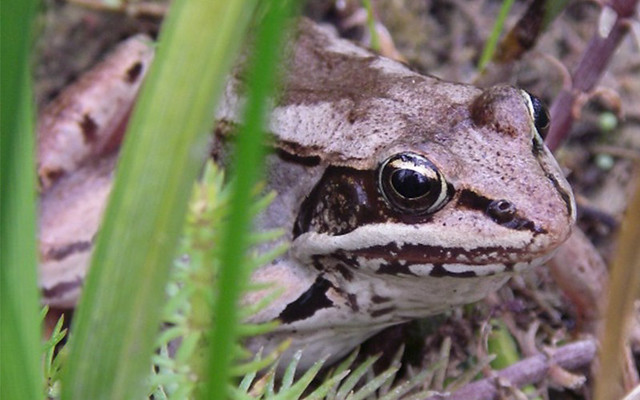
4 POINTS
Play: The Wood frog has a MOVE of 2
Fact: The wood frog is named for its migration to upland wooded areas where it hibernates for the winter under the leaf litter.
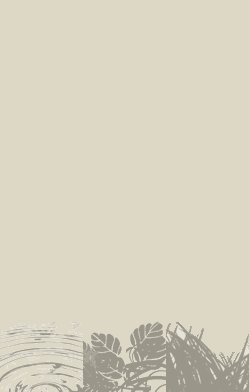
Black Fly
Simulium spp.


2 POINTS
Play: Can eat mammals. Has a MOVE of 2
Fact: Add insult to injury. When black fly bites you, it uses your blood to reproduce and make more black flies. Only females bite.

Black Fly
Simulium spp.

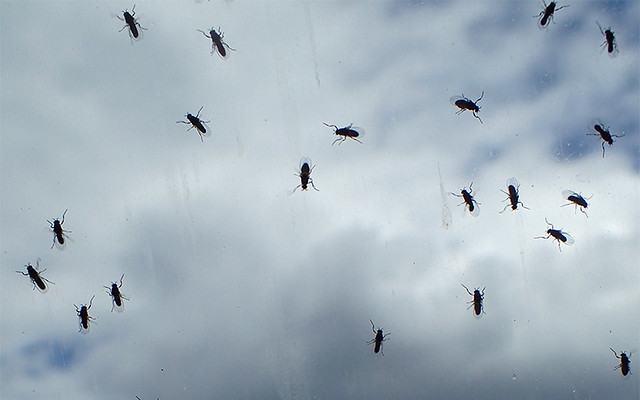
2 POINTS
Play Can eat mammals. Has a MOVE of 2
Fact: Boreal biologists often recite the following zen koan to maintain sanity: “Time’s fun when you’re having flies” -Kermit the Frog.

Mosquitoes
Cules, Anopheles, & Aedes spp.

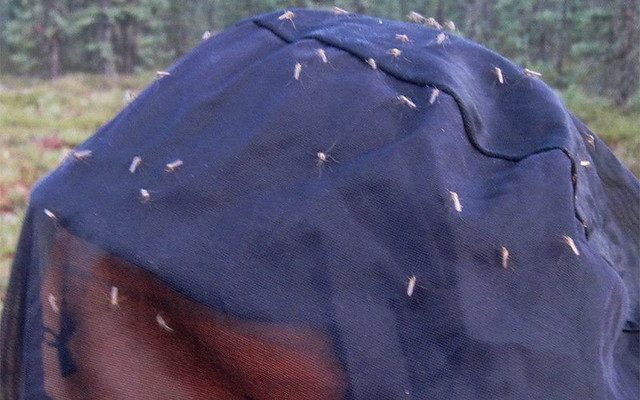
2 POINTS
Play: Can eat mammals. Has a MOVE of 2.
Fact: The food chain in the boreal forest would collapse without the hordes of mosquitoes that provide food for many mammals.

Mosquitoes
Culex, Anopheles, & Aedes spp.

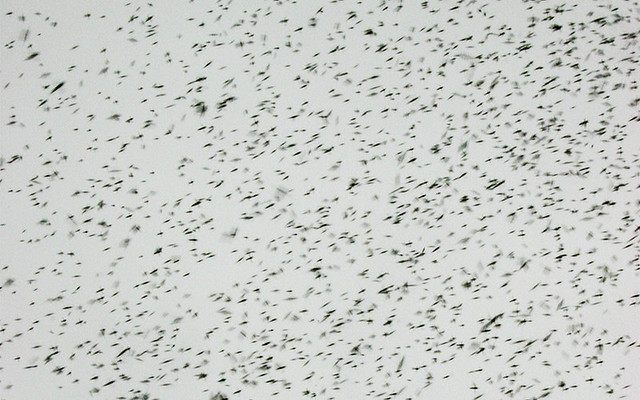
2 POINTS
Play: Can eat mammals. Has a MOVE of 2
Fact The clouds of mosquitoees in the boreal forest are due to the abundance of wetlands, which mosquitoes require for breeding.
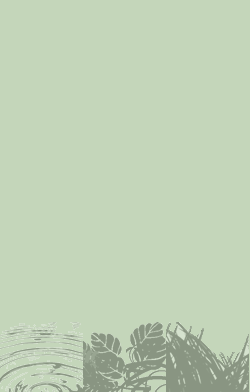
Dragonfly Species
Odonata spp.


3 POINTS
Play: This dragonfly has a MOVE of 2.
Fact: As the apex preadators of the insect world, you can watch dragonflies catch mosquitoes in flight (hopefully around your head).